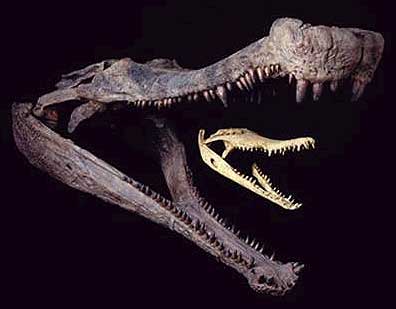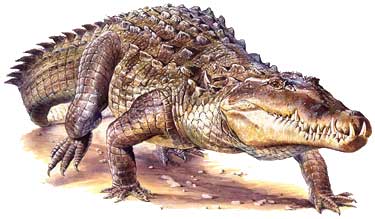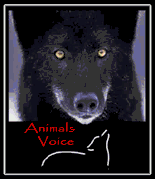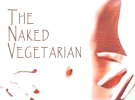University of Texas System "Disclaims "Remaining Term" of Patent on Sickened Dogs
WASHINGTON In a major victory for patented beagle dogs, the Board of Regents of the University of Texas System (UT) in Austin, Texas, disclaimed "The entire remaining term of all the claims" of patent #6,444,872, which covers live beagle dogs intended for use in experiments. In February 2004, the nonprofit organizations the American Anti-Vivisection Society (AAVS) and the PatentWatch Project of the Center for Technology Assessment (CTA) filed a legal challenge urging the U.S. Patent and Trademark Office (USPTO) to cancel the beagle patent. Last week, the Patent Office agreed to reexamine the patent.

"This is a tremendous victory not just for the beagle dogs but for the 499 other animals who have been patented in the U.S.," said AAVS President Sue Leary, "The University took the only morally defensible action it could in the face of our challenge. It got the message that animals are not machines, articles of manufacture, or inventor's compositions of matter."
The patent's claims covered, among other things, "a canine model [of fungal lung infection]," and the various methods used to induce a fatal lung infection in the beagle dogs. The patent also indicated applying the methods to pigs, sheep, monkeys, or chimpanzees and, like many other patents on animals, appeared to be exclusively licensed to a private company.
"This decision, hopefully, is a first step to rescinding all patents on animals," says Andrew Kimbrell, Executive Director of CTA. "It is long past time for our government to recognize that animals are not patentable machines."
The AAVS/PatentWatch challenge represented the first time public interest organizations had requested the reexamination of a patent on an animal. New rules under which this reexamination was granted will permit AAVS and PatentWatch to appeal other similar cases all the way to the U.S. Supreme Court if necessary. Since the Patent and Trademark Office first issued a patent on an animal in 1987, it has issued nearly 500 patent applications on animals.
A nationwide poll of U.S. adults commissioned by AAVS earlier this year found that two out of three people consider it unethical to issue patents on animals as if they were human inventions. Eighty-five percent of those surveyed were not even aware that governments and corporations are getting patents on animals.
"The swift decision of the University to drop all patent claims on sickened beagles demonstrates the patent's weakness, both scientifically and morally," said Tina Nelson, AAVS Executive Director. "This will be the first of many patents on animals that will crumble under public scrutiny when the truth is told."
The American Anti-Vivisection Society (AAVS) is a non-profit animal advocacy and educational organization dedicated to ending experiments on animals in research, testing, and education. Founded in Philadelphia in 1883, AAVS is the oldest organization in the United States dedicated to eliminating experiments on animals. AAVS pursues its objectives through legal and effective advocacy, education, and support of the development of non-animal alternative methods.
The Center for Technology Assessment (CTA) is a public interest and advocacy
organization that works to address the impacts of technology on human health, animal welfare, and the environment. The PatentWatch Project of the International Center for Technology Assessment works to expose and challenge the inappropriate use of the U.S. patent system.
For more information, including document downloads, visit:
www.StopAnimalPatents.org.
CONTACTS:
Crystal Miller-Spiegel, AAVS
(916)371-9872, (215)887-0816
cspiegel@aavs.org
Craig Culp, PatentWatch/Center for Technology Assessment
(202)547-9359, (301)509-0925 (cell)
cculp@icta.org
["Reprint permission granted by Animal Rights Online (http://www.geocities.com/RainForest/1395). Animal Rights Online is an animal advocacy group that publishes Animal Writes, a free internet newsletter. To subscribe to Animal Writes, email EnglandGal@aol.com. If you forward or reprint Animal Writes in whole or part, please do so unedited, and include this tagline."]















